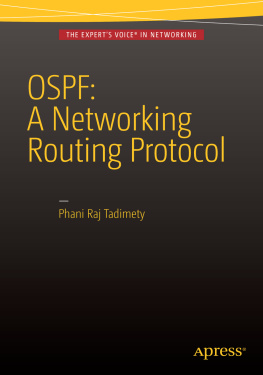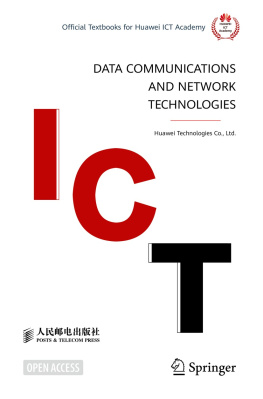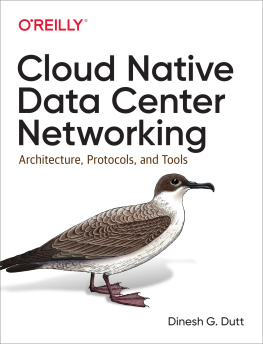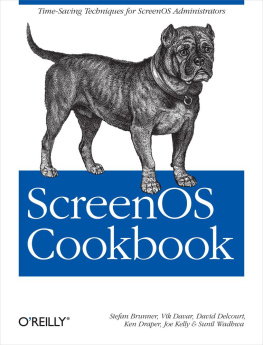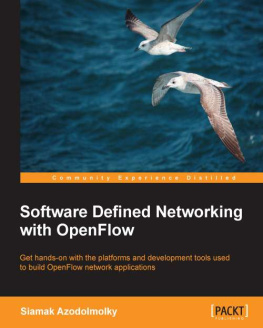1. Six Degrees of Separation
We should select any person from the 1.5 billion inhabitants of the Earthanyone, anywhere at all.... He bet us that, using no more than five individuals, one of whom is a personal acquaintance, he could contact the select individual using nothing except the network of personal acquaintances.... Our friend was absolutely correct: nobody from the group needed more than five links in the chain to reach, just by using the method of your acquaintance, any inhabitant of our planet....
From the translated short story Chains by Frigyes Karinthy (18871938), Hungarian author, playwright, poet
This chapter briefly explores the origins of the notion of six degrees of separation and how it got established in popular culture. People and their acquaintances (contacts) are separated by connections, or hops (degrees). This chapter will get you thinking about how networks are connected and how they are structured.
Origins
The popular notion that anyone of us is just six social links, or five intermediaries, away from any other random person living anywhere else in todays modern world can be traced back to the short story Chains, published in 1929.
Decades later, in 1967, social psychologist Stanley Milgram performed several similar experiments that seemed to confirm this theory about interconnectedness. In one such experiment , a few hundred participants in the American Midwest were asked to deliver a letter to a target in Boston, by first forwarding it to a direct acquaintance whom they each considered to likely be socially closer to the target. The letters that were successfully delivered needed roughly six steps, or six hops, to reach the target. Milgram described the shrinking effects of social networks in a seminal paper The Small World Problem, published in the magazine Psychology Today .
Despite criticism from many quarters about perceived flaws in the experiments and the conclusions drawn from them, the study caught the imagination of researchers in various fields, bringing to the mainstream the study of social networks comprising chains of direct social links. of the same name adapted from the play.
Facebook conducted a social network study in collaboration with the University of Milan in 2011, which covered its entire subscriber base of active users. The researchers examined all 721 million active Facebook users (more than 10 percent of the worlds population) and using algorithms, approximated the average number of intermediaries between any two Facebook users to be fourthat is, any two users were separated by an average distance of just five hops, or five degrees. The world had shrunk further! (That is, the world interconnected by Facebook!)
Note
The Facebook researchers seemed to have committed a faux pas with regard to their definition and usage of number of degrees, by adapting that which was mistakenly used by playwright Guare. In common parlance, including that used by Milgram and LinkedIn, the number of degrees is equivalent to the number of hops. It is not equal to the number of intermediaries, which has to be one less than the number of degrees, or hops.
Stereotypes are based on the idea that two heads are bigger than one.
Anthony Marais , Delusionism
Reflections
I havent yet advanced to using Facebook. Also, my trial membership in LinkedIn started just a couple of months back. Despite my strenuous efforts, which have been carefully disguised to appear indifferent in nature, the number of my direct contacts is still in the low twenties.
The 2011 Facebook study stated that only 10 percent of their sample (all 721 million Facebook users) had fewer than 10 friends. Such use of statistics can be callousthat is, when it labels a person as not conforming to some benchmark, without revealing the prognosis. Okay, so I belong to that 10 percent despite not being a member of the isolated Jarawa tribe living on one of those Andaman Islands. Is that classification some kind of biomarker indicating a predisposition to something grim? Should I warn my neighbors? Should I remove an organ to be rid of it?
Such a dilemma can be stressful, more so at times when it acquires some urgency. Such as when its obvious that the person on the other end of the phone connection has unsuccessfully tried to look me up on Facebook and is now imagining why I had served time for more than a decade.
References
Backstrom, Lars. Anatomy of Facebook Brief of Facebook Study . Facebook Data Science. Available at www.facebook.com/notes/facebook-data-team/anatomy-of-facebook/10150388519243859 .
Garton, L., C. Haythornthwaite, and B. Wellman. Studying Online Social Networks . Journal of Computer-Mediated Communication 3, no. 1 (January 1997).
Wellman, Barry. Computers as Social Networks . Science 293 (September 14, 2001): 203134.
Footnotes
Such studies naturally ignore pockets of the global population that are isolated and unconnected by any of the popular communication channelse.g., the Jarawa and Sentinelese tribes of the Andaman Islands (India).
Four Degrees of Separation, Facebook Study Report, November 2011 . http://arxiv.org/abs/1111.4570 .
Ibid, p. 2 notes.
Beware, Tech Abandoners. People Without Facebook Accounts Are Suspicious. Forbes, August 2012.
2. A LinkedIn Users Professional Circles
Every bit of software wants you to be social. What ever happened to being grumpy and alone in your writers fugue?
Doug Green
The number of hops (degrees) separating two contacts in a website such as LinkedIn can be better determined if there is a visual or tabular representation of the network showing how the two acquaintances are connected. This example will help frame our discussion of the OSPF protocol later, giving us a foundation to work from.
Creating a Personal Network
The website LinkedIn maps a subscribers network of relationships with other users and displays information about the shortest social distance for each such relationship in terms of degrees. A degree is a measure of the social (or professional) distance between people. You are one degree from everyone you know, two degrees from everyone they know, and so on. The free subscription feature, which is gratefully used by fiscally challenged persons like myself, provides information about my network that extends up to three or four degrees.
It is easy to determine how LinkedIn maps a persons network in the first place. Lets consider the account of Tadimety Phani Raj (Dreaded Street Name: Phani the Toothpick) who is keen to develop a professional network of partners and clients for his firm Genial Tooth Fix Consultants (see Figure ). The Toothpick receives invitations from many of his erstwhile acquaintances. Never known to allow previous rejections to diminish his spirit for fresh encounters, he benevolently sends invitations to a few others, including those who cant abide him. Some of the invitations sent and received get accepted, and thats how he obtains his first-degree contacts. They are now directly connected to him, and they form his first, or innermost, circle of associates (contacts1st degree).

